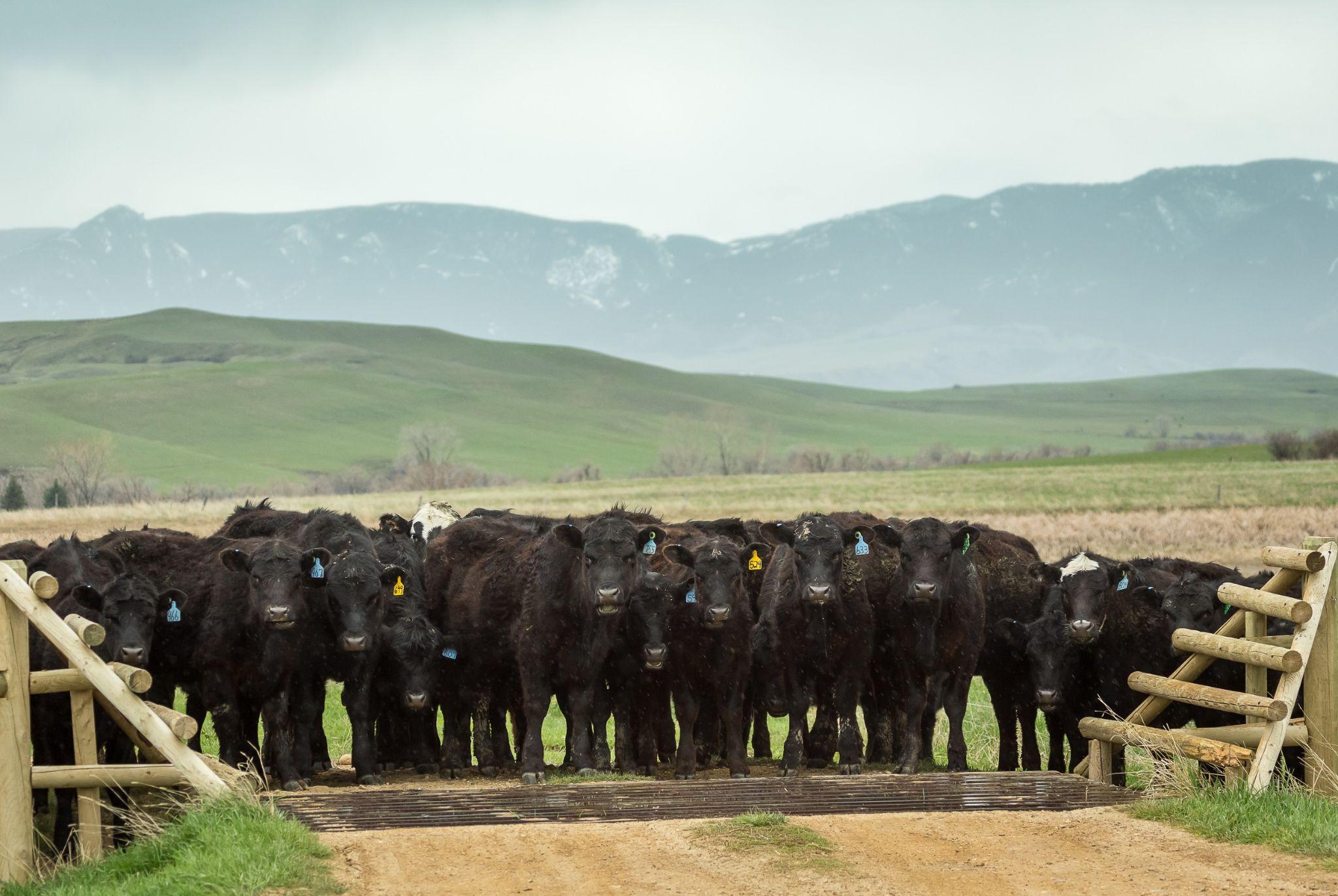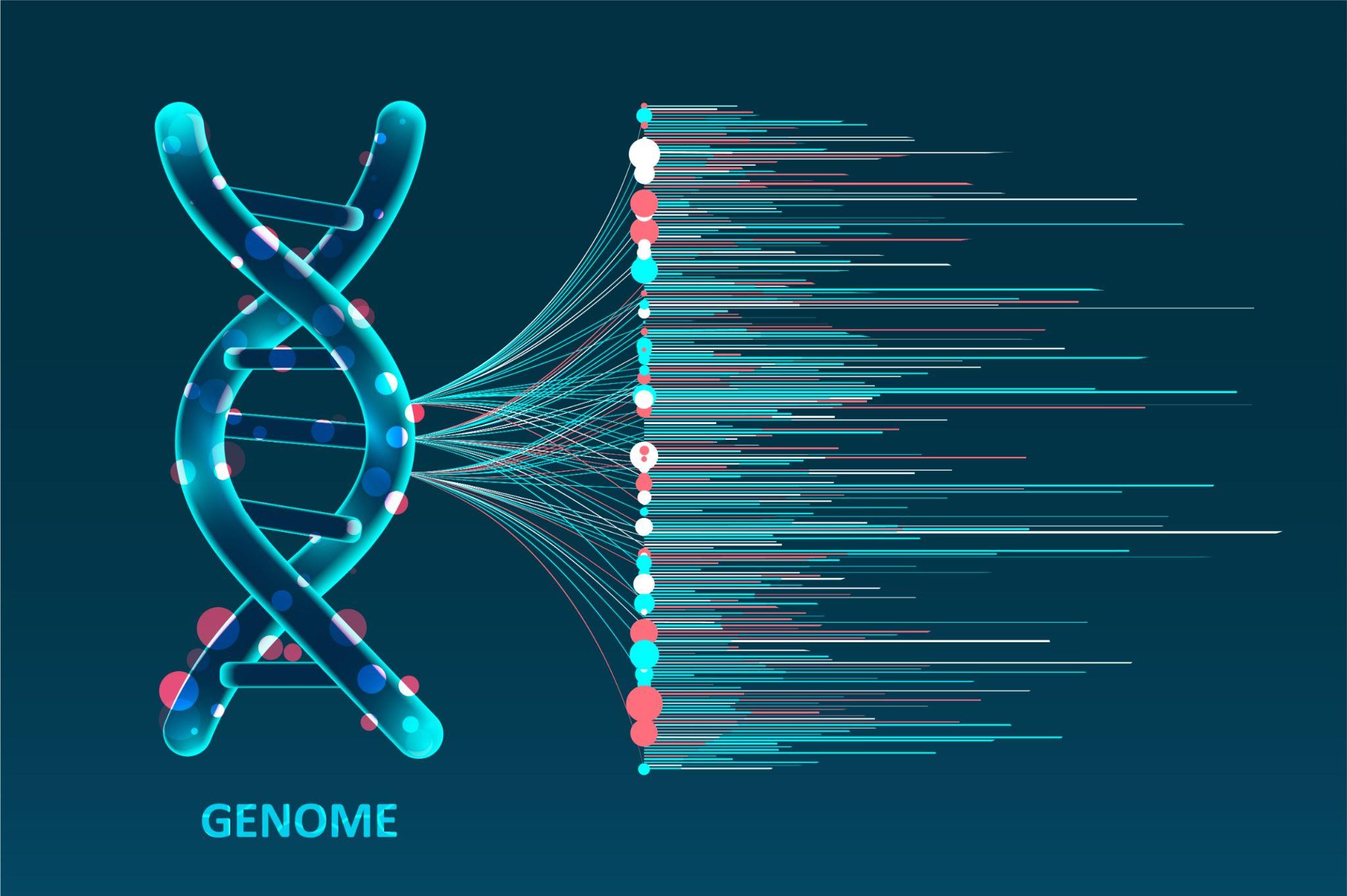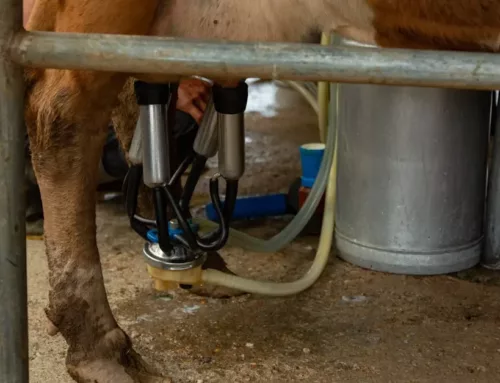Unlocking Livestock Potential: Genomic Insights for Niche Breeding Programs

Black Angus cattle gather at a gate.
Niche beef production is becoming increasingly popular across the United States. With more customers interested in knowing the stories behind the food products they purchase, pivoting to a niche beef enterprise might be a timely choice. Not only are traditional beef cattle operations land, labor, and capital-intensive but also the profit margins for traditional ranches are rather low. Keep reading to learn more about how genomics can help your niche beef business succeed.
Key Considerations for Niche Beef Production
When it comes to starting your niche beef business, the first step is to choose your target market. There are many potential market outlets, including:
- On-ranch sales of live animals
- Farmers markets
- Retail facilities
- Restaurants
- Buyers clubs
- Consumers themselves
Each of these outlets comes with its own set of requirements for the quality of your beef. These would determine the breeds you choose and the strategies you employ for raising your animals, such as whether you are going to have grass-fed or grain-fed livestock. The outlet you choose will also define what the desired weight of your animals will be for slaughter.
Quality of Meat
Federal Meat Inspection and Federal Meat Grading are two programs that assess the quality and safety of the final beef product.
Federal Meat Inspectors make sure that the harvest and processing facilities are sanitary, and that you have kept your livestock in good health.
Federal Meat Grading assesses beef products in terms of carcass data broken down into two types of information: quality grade and yield grade.
Quality Grade
Your beef product receives a quality grade depending on such parameters as maturity and marbling. Carcass maturity is ranked from A to E and affects meat tenderness. A is the youngest meat, and it is usually the most tender. E is the oldest meat.
Marbling is how the fat is distributed within the lean meat of the ribeye muscle. More marbling translates into a more pleasurable eating experience for consumers because the intramuscular fat is more evenly distributed.
The grades include Standard, Select, Choice, and Prime. To be economically successful, you should aim to produce beef that would earn the Prime or Choice grade.
Yield Grade
This grade is determined based on the following parameters: hot carcass weight, thickness measurement for backfat, area management for ribeye, and percentage of kidney, pelvic, and heart fat weight.
- Hot carcass weight refers to the weight of the animal after the hide, head, and entrails are removed.
- Backfat thickness measures external fat on the carcass.
- Ribeye muscle is measured at the 12th rib.
- Kidney, pelvic, and heart fat is measured by summarizing fat that surrounds the kidney knob and the amount of fat in the pelvic and heart areas and then expressing the sum as a percentage of the total carcass weight.
You can calculate the yield grade using the following formula:
Yield grade = 2.5 + (2.5 × backfat thickness [in inches]) + (0.2 × percentage kidney, pelvic, and heart fat) + (0.0038 × hot carcass weight [in pounds]) − (0.32 × ribeye area [in square inches])
How Genomics Can Help with Niche Beef Breeding

A vector image of a DNA with the word “Genome” underneath and clusters of lines sprouting from the double-helix.
So, now that you are familiar with the high-quality standards that you need to meet to be successful in your niche beef production, you may be pondering a valid question. How do I ensure that my livestock brings beef that is consistently graded high? This is where genomics comes in.
A Word on Genomic Testing
Essentially, this is the process of accessing genetic information about your beef cattle. Why is this important? Well, you may remember from high school biology class terms such as “simply inherited traits”. These are traits that are controlled by one gene. For example, Angus can be either black or red. These colors are different types of one gene (alleles). Because black is a dominant allele, the calf will only be red if it receives two red alleles from its parents.
Genomic Tests for Niche Breeding Programs
When it comes to the most economically important traits like hot carcass weight, marbling score, and tenderness, genomic tests are indispensable.
Modern genomic testing allows us to read thousands of markers (SNPs) from DNA. These SNPs are involved in the expression of desirable and undesirable traits. So, for example, you could determine whether an animal has the potential for a higher marbling score based on its SNPs.
Molecular breeding value (MBV) is the sum of the effects of each SNP that the genomic testing has assessed.
Genomic testing allows us to accurately determine the proportion of SNPs that an animal and its grandsire have in common. This is important for your niche breeding program where you need to constantly assess the efficiency of DNA transmission through generations of beef animals.
Not only that but when selecting sires and dams, you want to make sure that you are selecting the right candidates that will produce offspring that have superior meat characteristics. In other words, you want to breed top-performing animals. If you are not sure about the parentage of a calf, genomic testing can help you establish the sire and make a choice whether you want to keep the calf for breeding or whether it’s more suitable for slaughter.
Advantages of Genomic Testing
Unlike expected progeny differences (EPDs) that rely on pedigree rather than any factual information, genomic testing accesses information that stays stable throughout an animal’s life. It can help you gain valuable insights into what genes are flowing in your livestock to better regulate economically important traits.
How to Provide Samples for Genomic Testing
Are you excited about unlocking the potential of your livestock with the power of genomic testing? Getting started is easy! All you need to do is to submit a blood, hair, or tissue sample. Hair samples should have the root attached and are best collected from the switch of the tail.
At AgBoost, we are proud to empower niche beef breeding programs like yours with genetic insights. You can use our web-based platform to quickly and easily visualize your herd’s genetic data. Contact us today to find out more!


